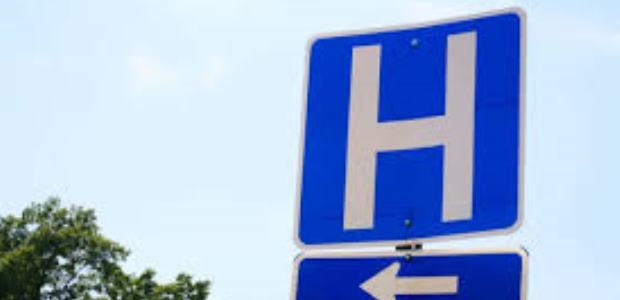
OSHA Launches Hospital Safety Website
Resources available on the site, www.osha.gov/hospitals, will dovetail with efforts hospitals already are making to prevent worker injuries from patient moving, slips and falls, needlesticks, and more.
OSHA on Jan. 15 launched a new educational Web resource, http://www.osha.gov/hospitals, stocked with materials to help hospitals prevent worker injuries and improve their safety cultures. The agency's chief, Assistant Secretary Dr. David Michaels, was joined at a news conference by NIOSH Director Dr. John Howard; Dr. Lucian Leape, chairman of the Lucian Leape Institute at the National Patient Safety Foundation and an adjunct professor of health policy at the Harvard School of Public Health; and Dr. Erin S. DuPree, chief medical officer and vice president of the Joint Commission Center for Transforming Healthcare.
All three praised the newly available materials and said they will complement earnest improvement efforts hospitals already are using. Still, the U.S. hospital industry has one of the highest occupational injury rates among all industries, Leape noted. "The emphasis on patient safety has been on reducing errors and improving systems, and we've had a fair amount of success at doing that," he said. "But we've come to realize that one of the most important things we can do to make our hospitals safe for patients is to make them safe for our workers." Surveys show that at least half of U.S. hospitals' workers still don't feel their workplaces are safe, and it's been too common for hospital workers who make mistakes to be disciplined, rather than for the hospital administrators to address system issues that contribute to the mistakes, he added.
Injuries incurred through patient moving are a leading hazard for the industry. The site's materials include information for enhancing safe patient handling programs and implementing safety and health management systems, fact books, self-assessments, and best practice guides. "These new materials can help prevent hospital worker injuries and improve patient safety, while reducing costs," said Michaels. "The heart of these materials is real-life lessons from high-performing hospitals that have implemented best practices to reduce workplace injuries while also improving patient safety."
Michaels said workplace violence, slips and falls, exposures to dangerous drugs and chemicals, infectious diseases, and needlesticks are among the industry's other leading hazards, and in 2012, U.S. hospitals recorded almost 250,000 recordable injuries, almost 60,000 of which were lost-time cases.
DuPree cited a 2012 Joint Commission monograph developed in partnership with OSHA and titled "Improving Patient and Worker Safety." The new OSHA tools help to advance those goals, and they include a comparison of OSHA standards with the Joint Commission's, she said. "Underlying causes of worker injury are often causes of injury to patients, so the solutions need to be shared," DuPree said.
Developing management systems for worker and patient safety is the best way to prevent worker and patient injuries, "so it's certainly very much connected" to the Injury and Illness Prevention Programs rule that OSHA intends to propose at some later date, Michaels said. "This [new website] is not an enforcement initiative," he added. "This effort is taking the best practices that have been used successfully by hospitals all over the country and trying to disseminate them."
Public Citizen issued a statement applauding OSHA's move and saying it is "directly responsive to research produced by Public Citizen in conjunction with the American Nurses Association and the Service Employees International Union." They produced a 2013 report that showed health care workers suffer more injuries and illnesses on the job each year than workers in any other industry. "OSHA's program is an important first step because it gives employers and employees the tools needed to foster open discussions on how to lift patients safely in hospitals, nursing homes, and other health care facilities," said Keith Wrightson, a worker safety and health advocate for Public Citizen. "We look forward to the agency taking further measures to improve safety for the health care workers who are so frequently injured."